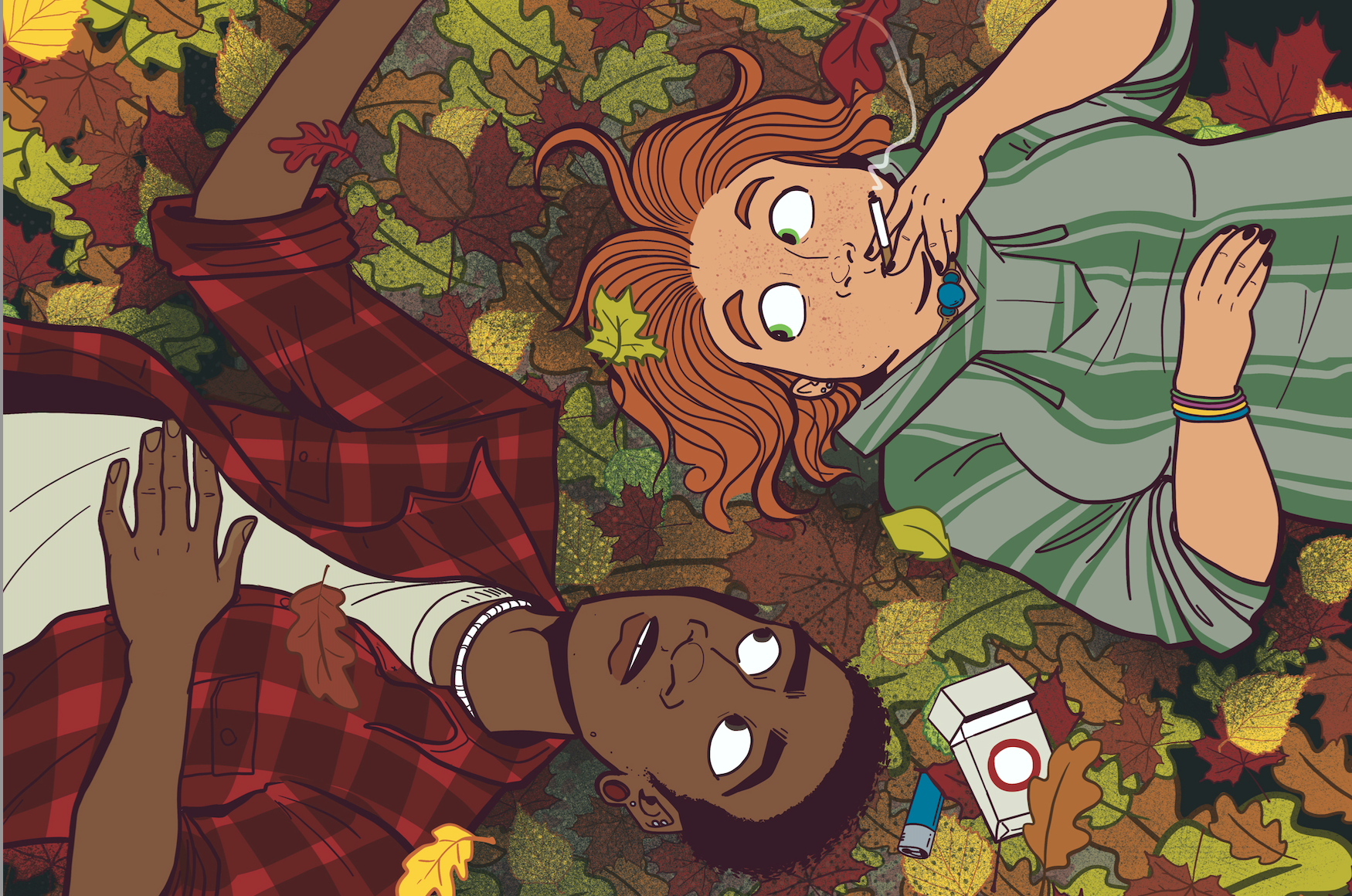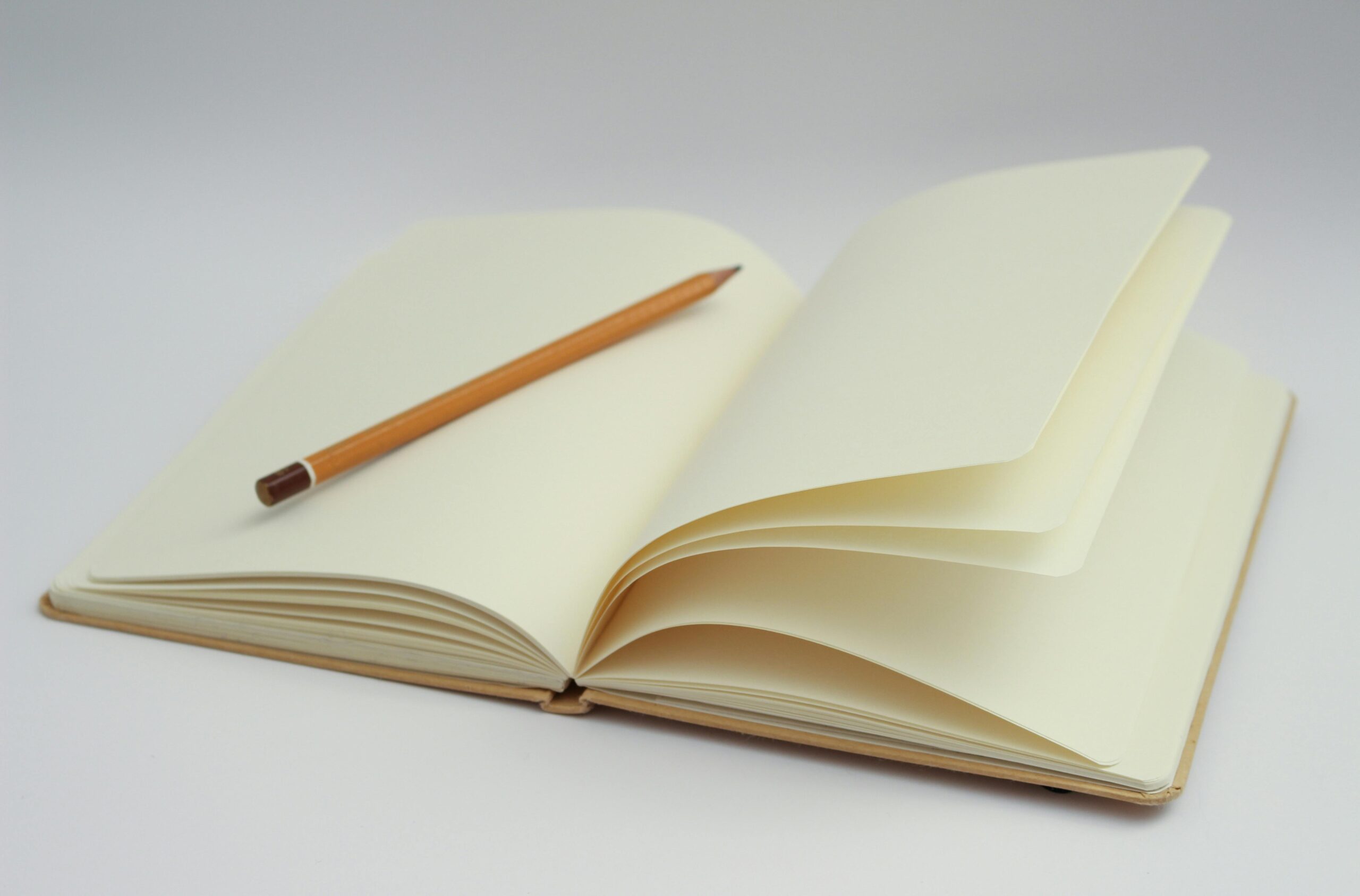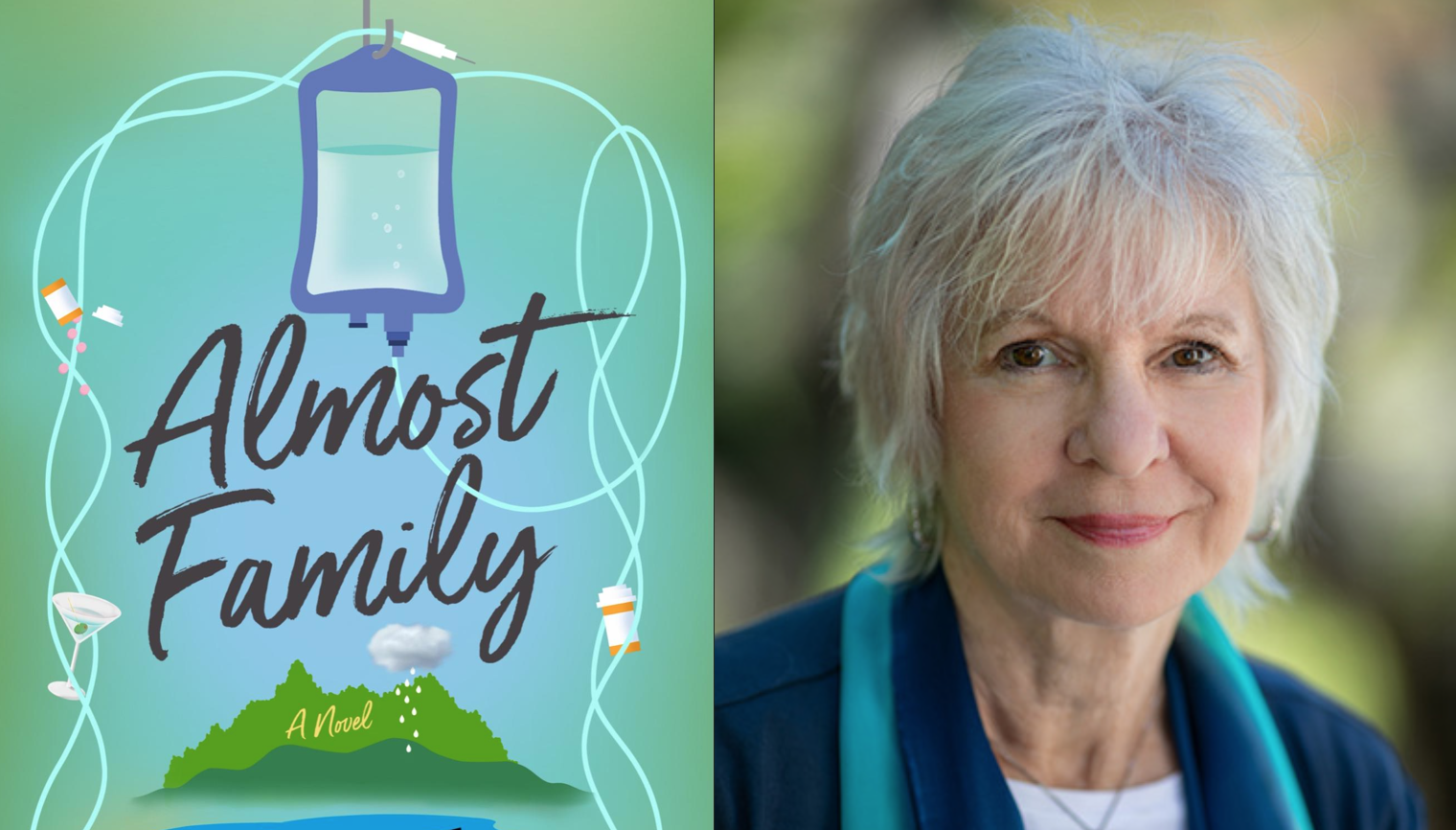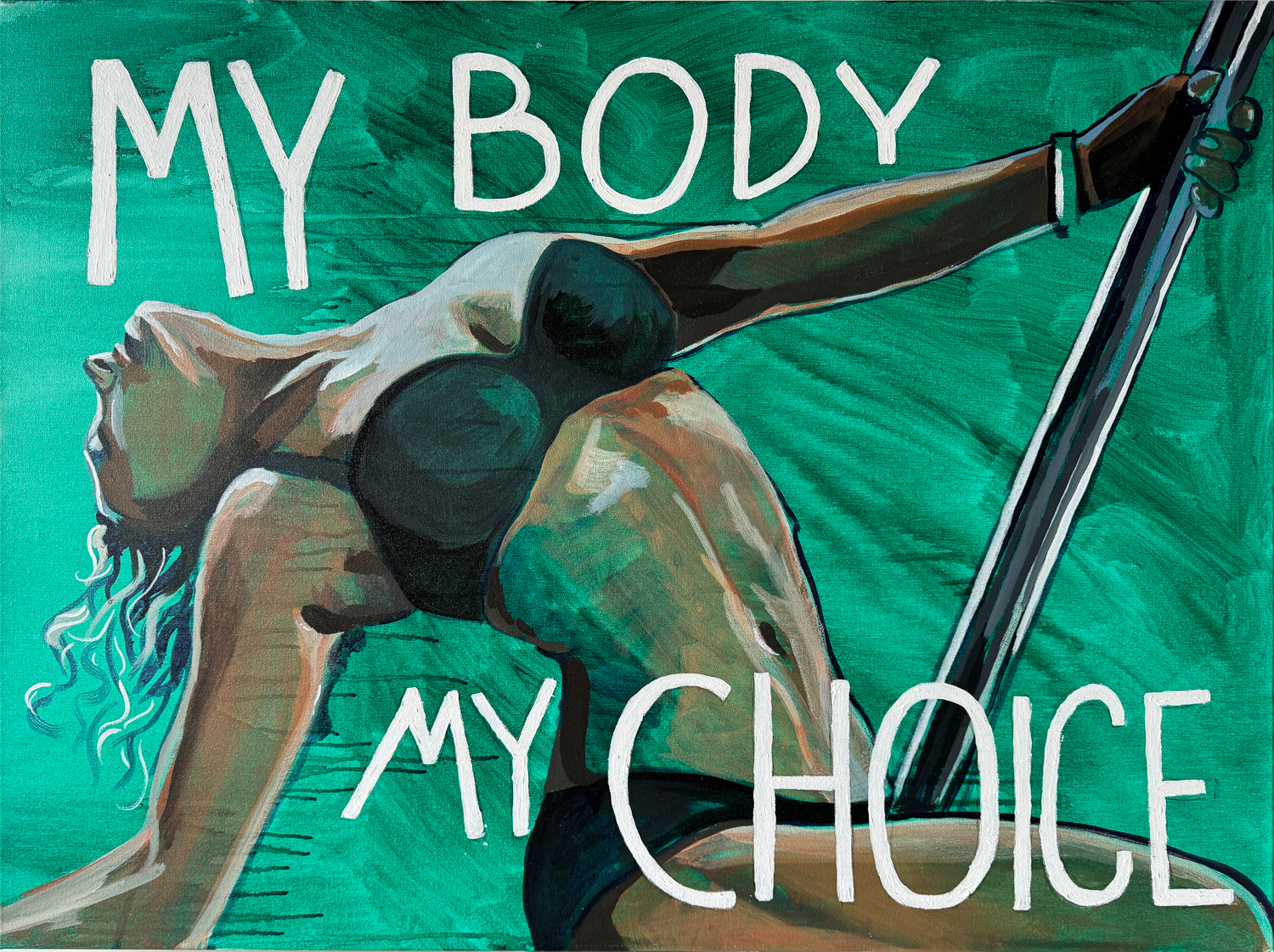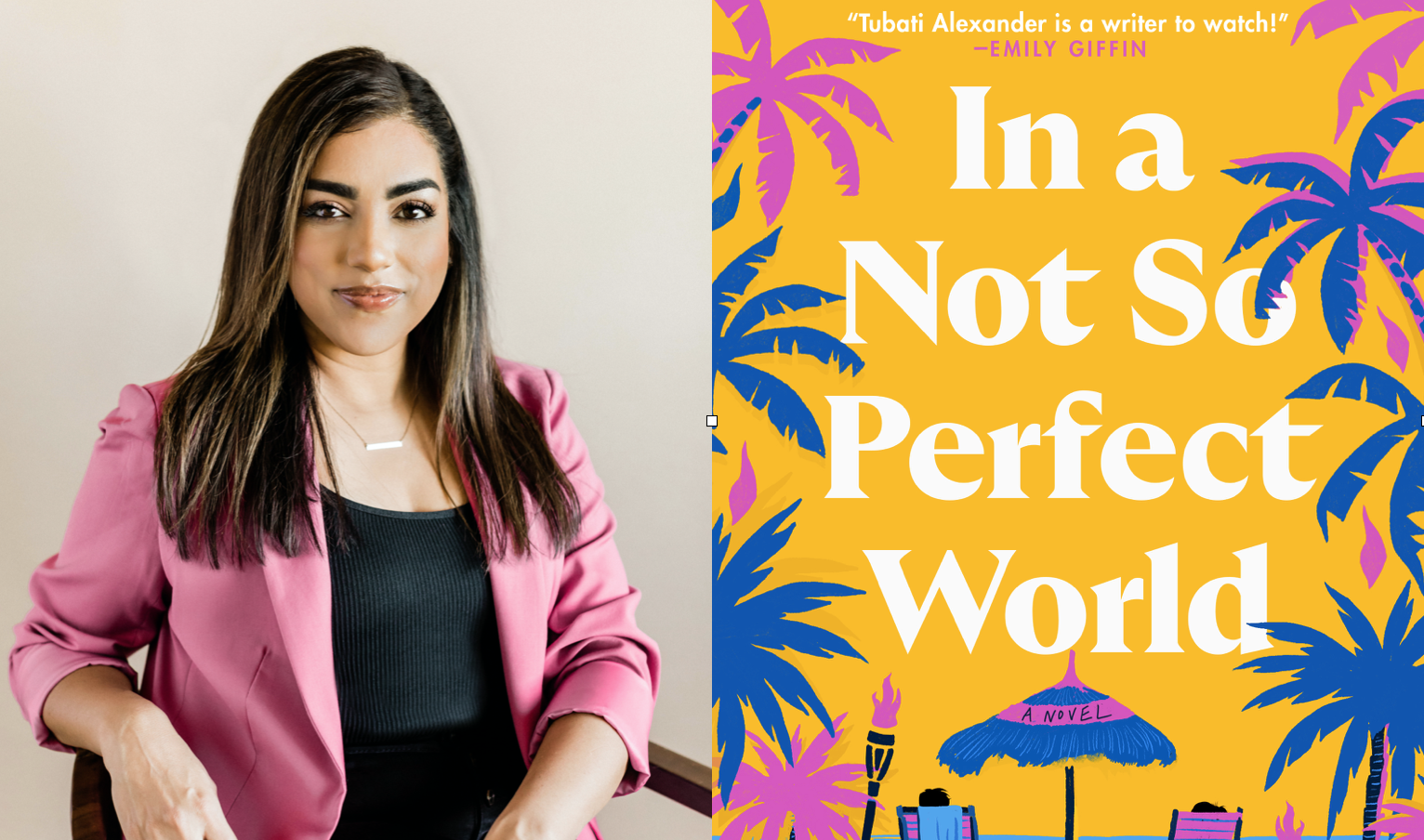
It’s the advice every well-meaning parent shares with their child before choosing a career path – get a job that is stable, pays well, and most likely not creative! Many of us have heard versions of this in our own lives, and for author/illustrator Mimi Chao, she is the poster child for what it looks like to not heed that advice!
Mimi left her career as a lawyer to pursue her creative aspirations in illustration and design. After taking the leap to pursue her art full-time, Mimi worked hard and landed individual work partnerships with major companies like Disney, Adobe, and Samsung (nbd…). Since venturing out on her own, she has published three children’s books and has her own design studio, Mimochai.
Mimi’s passion for creating using mindful practices led her to share her expertise and skills on Skillshare to educate and inspire emerging artists and illustrators like herself. She is one of the millions of professionals leaving their salaried jobs to pursue their creative side hustle full-time.
In case you aren’t familiar, Skillshare has an expanding roster of diverse creators for the platform including artist and author Morgan Harper Nichols (1.9M), Japanese-American actor, content creator, and fashion designer Joe Ando (1.3M), animator Ian Jones, fashion designer Kim Dave, and founder and creative director of Oh Joy! Joy Cho.
Taking a leap of faith to pursue your passion rather than opt for a career pathway often dictated to us by family, society, school etc, can be tricky, but it is possible. We had the chance to ask Mimi how she navigated this transition, some of her coolest projects to date, and why mindfulness is an important part of her creative life.

Where did your love of drawing and illustration begin? What was your earliest inspiration?
I always liked to draw growing up. I’m not sure if there was a specific impetus, but I think it had to do with my love for reading and make-believe. My earliest drawing inspiration that I can remember was Japanese animation like Sailor Moon and Totoro.
You began your career in law. What made you switch gears after a few years?
I had followed the responsible path into law—going to a good school, passing the bar, working at a prestigious law firm. But I came to realize that although I had achieved other people’s idea of “success,” I was deeply unfulfilled. I wanted to do work that I felt was personally meaningful and more aligned with who I was. At the time, I did not expect that I would eventually be able to do what I do now. I just felt a strong calling to find a different path, to be more true to myself. I missed the creative side of me.
You’ve shared on our website that growing up you weren’t encouraged to pursue a creative career. Why was that?
I am an American-born child of Asian immigrants, and my story is pretty familiar to those in my shoes. In my parents’ generation, there were only a few acceptable career paths in their eyes: doctor, lawyer, engineer. Creativity was strongly discouraged as a career path. It was seen at best as a hobby. I was never put in any creative classes growing up. I had extensive fights with my dad during college while deciding on a major—something in the arts was not allowed.
It didn’t help that the college I went to was heavily focused on STEM majors. He wanted me to be a doctor. I actually felt rebellious by finally going into law. Looking back, I don’t blame my parents. They did what they thought was best. They were the product of their generation, and I am the product of mine. My parents are now both supportive of my career.
You took the proverbial leap of faith to start your own studio. What was that process like?
It happened organically, just following what felt right and what worked. I originally thought my goal was to be a freelance illustrator. There’s actually so much variation between all the paths in the visual arts that I had to learn about. Plus, times are changing so fast that what I do now simply wasn’t possible even just 10-15 years ago. I fell into online teaching and running my own shop, and found I enjoyed both. I also realized I preferred creating for myself rather than for a brief. I still work with select clients, but more in the form of collaboration.
Clearly the leap was worth it given the major clients you have worked with (Disney! Adobe! Samsung!), as well as the 3 children’s books you have published. What has been the most rewarding part of this career so far?
The first big validation moment came with the Disney campaign, because it included both a commissioned art piece as well as an artist signing at the gallery in Downtown Disney. But overall the most rewarding aspect is just to create something out of nothing for Mimochai, to hear from my audience that my art touched them and made them feel better. My art has been gifted to cancer survivors, helped people get through challenging times, and encouraged others to take their own leaps of faith—that’s something I didn’t expect and deeply appreciate.
What has been the most challenging?
Wearing all the hats, especially the marketing ones. As an artist, I’m not a marketing person, and I don’t like to be sales-y. That’s a challenge I have to constantly overcome and find new perspectives on. Also, learning to uncouple my sense of self from my creative work. Ego (including insecurities) can really plague creatives, and I’m grateful to my meditation practice to help me through that.
You are also an educator, sharing your expertise on Skillshare. Can you tell us more about the work you do with them, and what people can learn from you there?
As I mentioned, I fell into teaching on Skillshare. At the time I wouldn’t even call myself a teacher, I had a sense of imposter syndrome. But Skillshare positioned it as “sharing a project you know,” and I thought well I can do that. Now teaching is a big part of what I do. I cover drawing and painting, but also things like building websites and changing careers.
I think my background as a lawyer helps me process information clearly, and my experience as a self-taught beginner gives me a lot of empathy in how I teach others. So most of my classes are about that—sharing creative skills in a mindful way, helping people overcome their blocks or inner critics. Students really resonate with that.
Although you have a very busy and thriving career, mindfulness and meditation is also very important to you. Why is this?
I have found it to be critical in all parts of life. I was completely out of touch with that side of me before I started this journey. Thankfully, I found my creative and spiritual path dovetailing. I think it has a lot to do with finding yourself. I recommend it for anyone, anywhere, any age. It helps ground everything. It was especially helpful during the pandemic.
Since the pandemic, so many people are quitting their jobs and finding ways to better balance home life, passion, and financial stability on their own terms. What advice would you give to others who are looking to do what you have done?
Make a plan—financial, learning, business. It’s hard to be creative when you have too much financial stress, but a little bit can be good. Next, take action. I know it can seem scary but it’s what life is for. It’s so worth it! Keep an open mind, stay flexible and adaptable. There are so many ways to make a living now—as one door closes, so many more open. It’s really in our hands.
Lastly, be patient with yourself. Don’t believe promises of overnight successes and riches. That’s not worth it. Stay true to yourself, honor the time it takes to create a meaningful skill and build a meaningful life, and it will work out.
What has been your favorite commissioned project so far?
I’m currently working on a picture book with an award-winning video game company I share a lot of values with. I’m excited about that.
Who would be your ideal client/creative project in the future?
I’d like to do a collaboration in the mindfulness and sustainability realm, so it could be Headspace, Patagonia, or something along those lines!
Be sure to follow Mimi Chao on Instagram, and sign up to Skillshare to learn her creative secrets if you want to follow in her footsteps.












